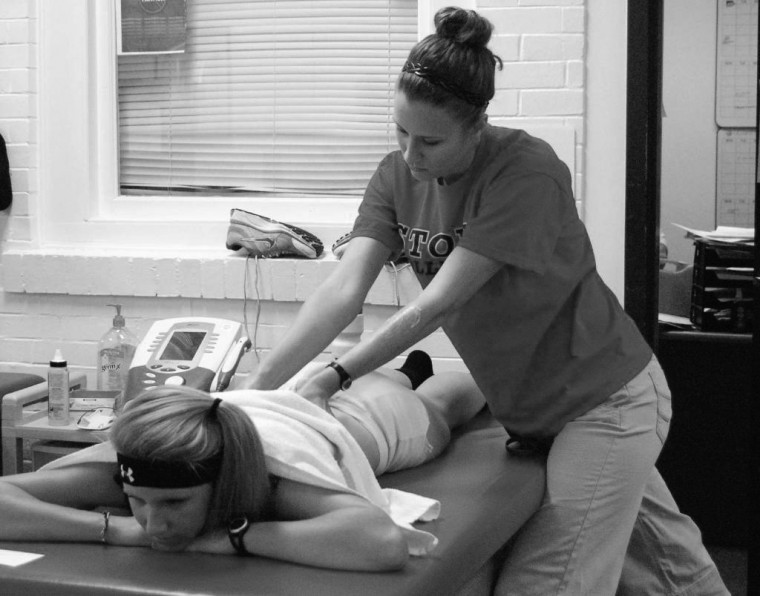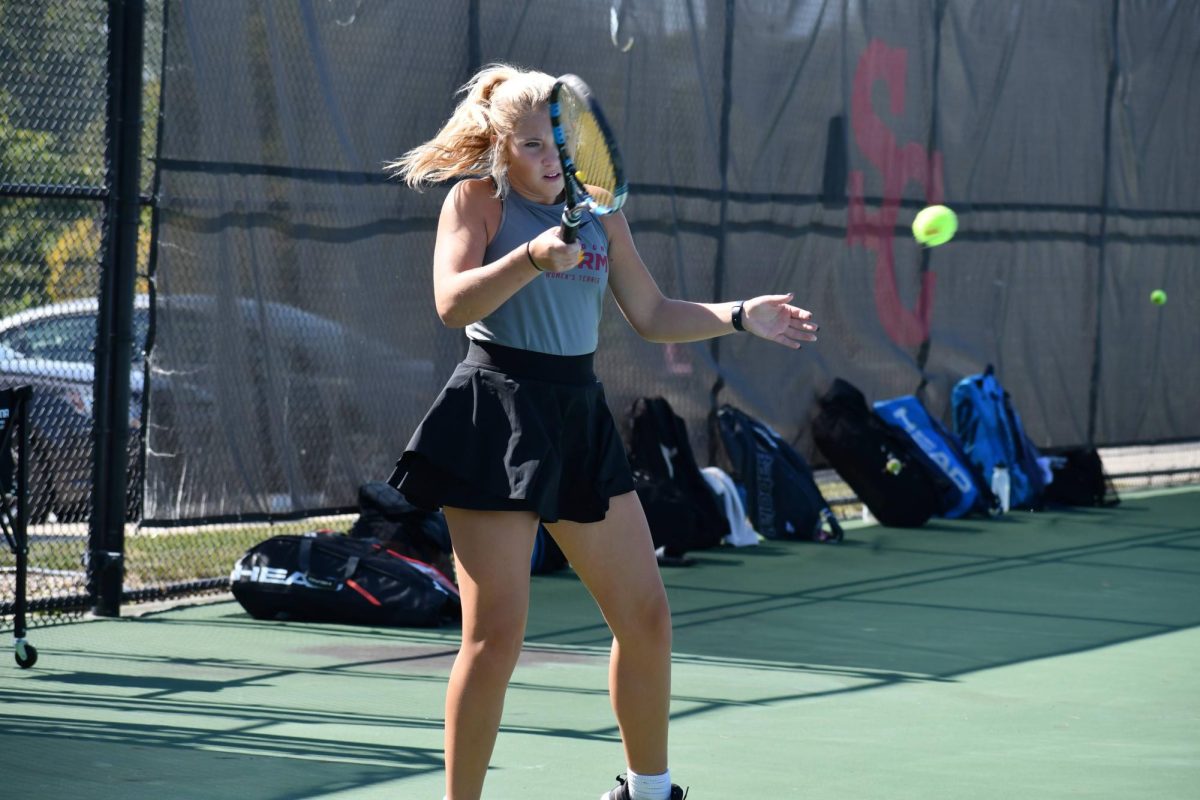Athletes may be at risk for concussions
October 11, 2011
According to the Sports Concussion Institute, anywhere from 1.3-3.8 million people suffer from concussions every year and athletes at Simpson are part of that statistic.
Director of Athletic Training Education Mike Hadden said Simpson has numerous concussions occur in every sport, with football providing the highest number. Soccer was found to be a close second.
“Immediate recognition of the situation and removal from play is the most important part,” Hadden said. “Whether it is the athlete themselves, a teammate, a coach or an athletic trainer, noticing that person is not the same as getting them help. From that point on, continual re-evaluation needs to occur to make sure that the athlete is not deteriorating symptomatically.”
While many athletes are familiar with the dangers of receiving a concussion, there are those who are left with the question of what to do after a concussion has occurred.
“All athletes in contact sports get baseline testing done to determine some basic neurocognitive testing, such as memory questions, symptom severity and some balance,” Head Athletic Trainer Jason Uhlenhake said. “This helps in determining how they are functioning prior to a concussion so after a concussion we can determine when it is safe for them to return to play.”
Uhlenhake feels he and his staff do well in looking out for all students when working with the seriousness of concussions.
“Our training staff is one of the best athletic training staffs, not only in the conference, but in the country, in my opinion,” Manny said. “We travel all over the country competing, and I truly feel that Mike Hadden, Jason Uhlenhake and their students are the most professional and knowledgeable about all sport injuries, including concussions.”
Senior football player Kaleb Livingston has had numerous concussions in the past, but his most recent one occurred this year.
“The hardest thing was having to just stand on the sidelines for two weeks and watch my team instead of actually getting to play,” Livingston said. “I was frustrated because you can’t do anything to get better except wait it out.”
Before participation in any sport at the collegiate level, student athletes are required to watch a video about the lifetime effects a concussion can have.
The video emphasizes that concussions are a serious matter and should be carefully dealt with by athletes and trainers.
While athletes like Livingston are out for two weeks, some students can be out for even longer periods of time like junior Allyson Krumm.
Krumm’s concussion kept her out of activities for 34 days. She was unable to participate in many activities that ranged from cheerleading to her job as a pharmacist.
“Normally when I get stressed I go for a long run, and for the time of my concussion, I had to find other ways to focus my attention,” Krumm said. “I also felt guilty that I was not allowed to participate in practices and games, being an upperclassmen that the underclassmen should be able to come to for leadership and help.”
Krumm said that she thought Simpson did a good job helping her through the recovery period.
“The treatment I received from our training staff was excellent,” Krumm said. “Without the support and care of them, I feel many students would continue to participate in activities and reinjure themselves, leaving irreversible damage.”
Some symptoms of a concussion are confusion, memory loss, dizziness, vomiting, fatigue, loss of concentration or focus, personality changes or memory loss.
Student athletes should take advantage of Simpson’s training and recovery services if at all possible to avoid lasting, irreparable damage.






